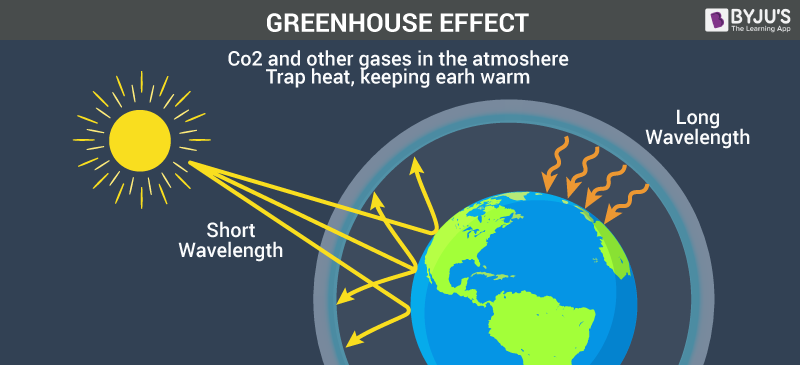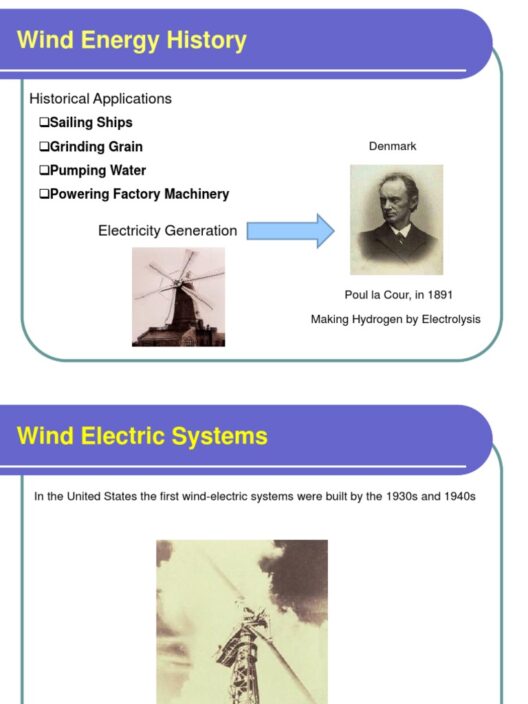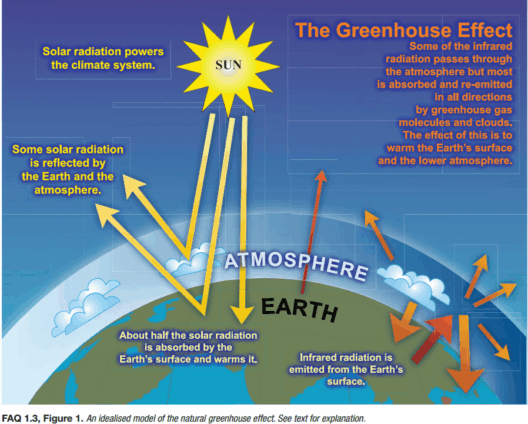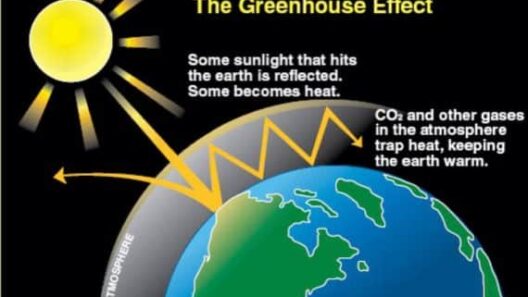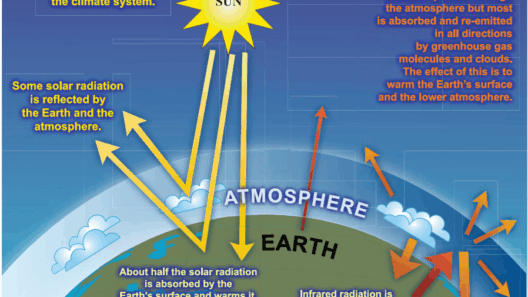The greenhouse effect is a pivotal phenomenon that underlies our planet’s climate system, playing a crucial role in maintaining temperatures conducive to life. However, an increasing concentration of greenhouse gases amplifies this effect, leading to global warming and severe climatic changes. Understanding the various gases that contribute to the greenhouse effect, particularly carbon dioxide, methane, and nitrous oxide, is essential for grasping the complexities of climate change and its far-reaching impacts.
Greenhouse gases are composed of various molecules that trap infrared radiation emitted from the Earth’s surface. The increased levels of these gases in the atmosphere have escalated concerns regarding our environmental future. Let’s delve into the specifics of each prominent greenhouse gas and its implications on our Earth.
Carbon Dioxide: The Dominant Culprit
Carbon dioxide (CO2) is the most significant greenhouse gas emanating from human activities. Its rise in concentration can be attributed primarily to the combustion of fossil fuels, deforestation, and industrial processes. When fossil fuels like coal and oil are burned for energy and transportation, CO2 is released; similarly, when forests are cleared, carbon stored in trees is liberated back into the atmosphere. As a result, atmospheric CO2 levels have surged over the last century, with current concentrations exceeding 400 parts per million.
The ramifications of heightened CO2 levels are not to be underestimated. This gas has a long atmospheric lifetime, persisting for centuries. Consequently, the carbon dioxide released today can influence future climates for generations. The connection between CO2 concentrations and global temperatures is aggrandized through what is known as the carbon cycle, where emissions from human activities create imbalances within natural systems.
Methane: A Potent Greenhouse Gas
Methane (CH4), albeit less abundant than carbon dioxide, is a much more efficient greenhouse gas, with a heat-trapping potential over 25 times greater than CO2 over a 100-year period. Sources of methane emissions are diverse: agriculture, landfills, natural gas systems, and biomass burning. The agricultural sector is particularly significant, with enteric fermentation occurring in ruminant animals, coupled with rice cultivation, contributing massively to methane emissions.
As methane remains in the atmosphere for a considerably shorter duration—about a decade—it presents both challenges and opportunities for climate action. By mitigating methane emissions through better waste management and changes in agricultural practices, substantial short-term benefits can be achieved in reducing overall greenhouse gas concentrations. This requires an integrative approach involving technological advances and policy incentives to drive practices that diminish methane output.
Nitrous Oxide: Emissions from Agricultural Practices
Nitrous oxide (N2O) is another significant greenhouse gas, accounting for approximately 6% of global emissions. Its primary source is agricultural activity, particularly the application of synthetic fertilizers. As these fertilizers break down, they release nitrous oxide, which is 298 times more potent than carbon dioxide in its global warming potential. The increasing use of nitrogen-based fertilizers in industrial agriculture has exacerbated N2O emissions, highlighting the need for sustainable farming practices.
Addressing nitrous oxide emissions requires innovative agricultural techniques, including enhanced efficiency fertilizer application, crop rotation, and the use of cover crops. Transitioning towards organic farming and integrating more ecological approaches can reduce reliance on nitrogen fertilizers, paving the way for a more sustainable future.
Water Vapor: A Natural Amplifier
Water vapor is unique among greenhouse gases as it primarily arises from natural processes; however, it is intricately linked to human-induced climate change. As the Earth warms due to increased greenhouse gases, evaporation rates rise, subsequently amplifying water vapor levels in the atmosphere. This creates a feedback loop, wherein higher temperatures lead to more water vapor, further enhancing the greenhouse effect.
While water vapor itself does not directly result from human activities, its role as a greenhouse gas is critical in understanding warming patterns. This emphasizes the importance of addressing the root causes of greenhouse gas emissions to mitigate warming trends that inadvertently lead to increased water vapor concentrations.
Other Gases and Their Contributions
In addition to the aforementioned gases, several other trace greenhouse gases contribute to the overall effect in varying degrees. These include ozone (O3), hydrofluorocarbons (HFCs), perfluorocarbons (PFCs), and sulfur hexafluoride (SF6). Though they may exist in lower concentrations, the potency of these gases can be significant. For instance, HFCs have a global warming potential thousands of times greater than CO2, primarily used in refrigeration and air conditioning.
To meet climate goals, strong regulatory frameworks and international agreements, such as the Montreal Protocol, which aimed to phase out ozone-depleting substances, must evolve to encompass a broader range of greenhouse gases. This underscores the collective responsibility of nations and industries to adopt cleaner technologies and practices.
Bridging the Knowledge Gap: The Path Forward
Addressing the challenges posed by greenhouse gases necessitates a comprehensive understanding and informed public discourse. By highlighting the roles of carbon dioxide, methane, nitrous oxide, and others, we can better advocate for sustainable practices and climate policies. Educational initiatives are vital to increasing environmental awareness and fostering a culture of sustainability.
In conclusion, the greenhouse effect is intricately linked to an array of gases, each with distinctive characteristics and implications. The urgent need for collective action, driven by scientific understanding, innovative policies, and transformative lifestyle changes, can catalyze a significant reduction in greenhouse gas emissions. As stewards of the planet, we must recognize our role and act decisively to ensure a livable future for generations to come.



